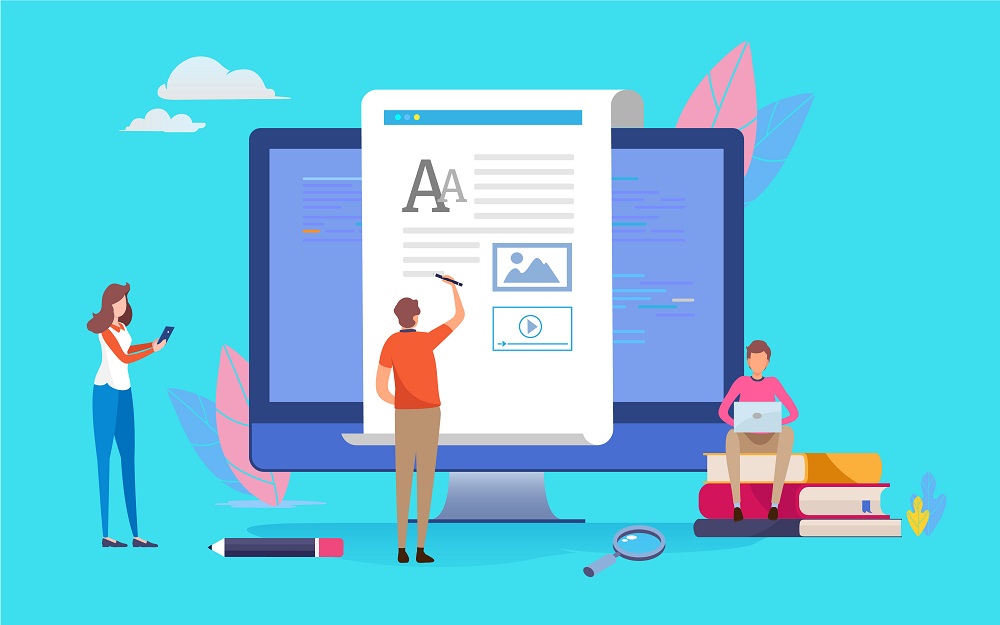LinkedIn Articles - A Beginner’s Guide
LinkedIn is like the Facebook of the business world. It’s ideal for bringing business networks and connections together and can spark some great debates and conversations among industry professionals and workers alike. It’s also a platform for sharing new business initiatives, for launching new products and websites, and for sharing articles and posts.
So, what’s the difference between the two - and how can you use LinkedIn articles to your advantage?
What Are LinkedIn Articles?
A LinkedIn article is more than just a post or update - it has a much bigger word count and presents a prime opportunity to spark conversation among your peers. Professionals tend to use articles as a way of establishing some credibility and showcasing their knowledge of specific subjects and fields - with the added beauty of articles being that they show up on your profile once posted for future reference.
Creating a LinkedIn article is the first step towards building your own content library and can help you to establish a name for yourself and for your brand as a credible source in the relevant industry and among the relevant audience.
Now let’s look at what it takes to create a great LinkedIn article.
How To Create A Great LinkedIn Article
It goes without saying that a LinkedIn article needs to be carefully crafted to showcase your skill and expertise. You want to be talking about relevant topics and news stories, attaching your own thoughts and opinions to existing conversations, and answering the kinds of questions that your target audience are asking over and over again.
Some of the best LinkedIn articles create soft sell marketing drives towards a particular brand or product, by framing the Founder / Creator as a thought leader in that particular field - allowing prospective buyers to believe in the individual and thus in their product.
So, before you even start writing or drafting out your article, you first need a topic which will garner attention and create a buzz. Think about your target reader and what you want to tell them, then think about the action you want them to take by the time they have finished reading.
Now it’s time to start writing.
STEP ONE
At the top of the page, click the ‘Write an article’ button. The publishing tool will then appear, inviting you to enter a headline and then formulate the body of your text. You can adjust and change the font and the display of your article, or you can keep it simple - either way, be sure to take the time to craft a headline which will grab attention and make people stop.
Some popular and effective headline ideas include:
- How To…
- 7 Steps To…
- Tired of…? Then try…
- The number one reason why…
STEP TWO
Once you’ve got the text down, you need to format it in a way that is reader friendly, and which entices the reader to keep scrolling to reach the end of your piece. Make sure to add links to external sources as part of your credibility and transparency drive, and always put a Call to Action at the bottom of your article.
This could be anything from inviting readers to visit your website, to inviting them to tag a colleague, share your article, or simply leave their comments. Ask for engagement, encourage it, and make it irresistible for readers to get involved.
STEP THREE
You’re not done yet. It’s time to add some media to optimise the accessibility and visibility of your article, featuring images, videos, and even embedded social media posts where relevant. Every article can have a header image which should be reflective of your topic and industry, followed by other features which serve to add to the reader experience and enhance it.
STEP FOUR
Publish and share!
Make sure when you share your article that your LinkedIn profile is public for maximum exposure, and then take the time to share your article to relevant pages, groups, and even private individuals where necessary and appropriate.
Using hashtags is a great way of increasing exposure through the LinkedIn news feed, though creators should note that this is only necessary in the share caption - hashtags in the article itself will not be picked up by LinkedIn.
STEP FIVE
Reshare. That’s right, after a few days, it’s time to reshare your article again. Unlike so many other social platforms, content and articles on LinkedIn are never lost in the black hole of yesterday, and so you will likely find that old posts keep cropping back up as they reappear on people’s feeds whenever someone else interacts with the post. Keep your article alive by resharing it and analyse the response to see how it is received by your audience.
If a specific article on a single topic is successful, try something under the same overall heading. If something you create isn’t so popular, try again with something new.
The Takeaway
LinkedIn is the social media for business, but it can also be a valuable tool for starting insightful industry conversations, connecting you to likeminded businesspeople, giving you a chance to reach new audiences and new demographics. Use articles as a way of establishing credibility both in you and your brand, demonstrating your expertise and inviting others to join you through comments and shares.

